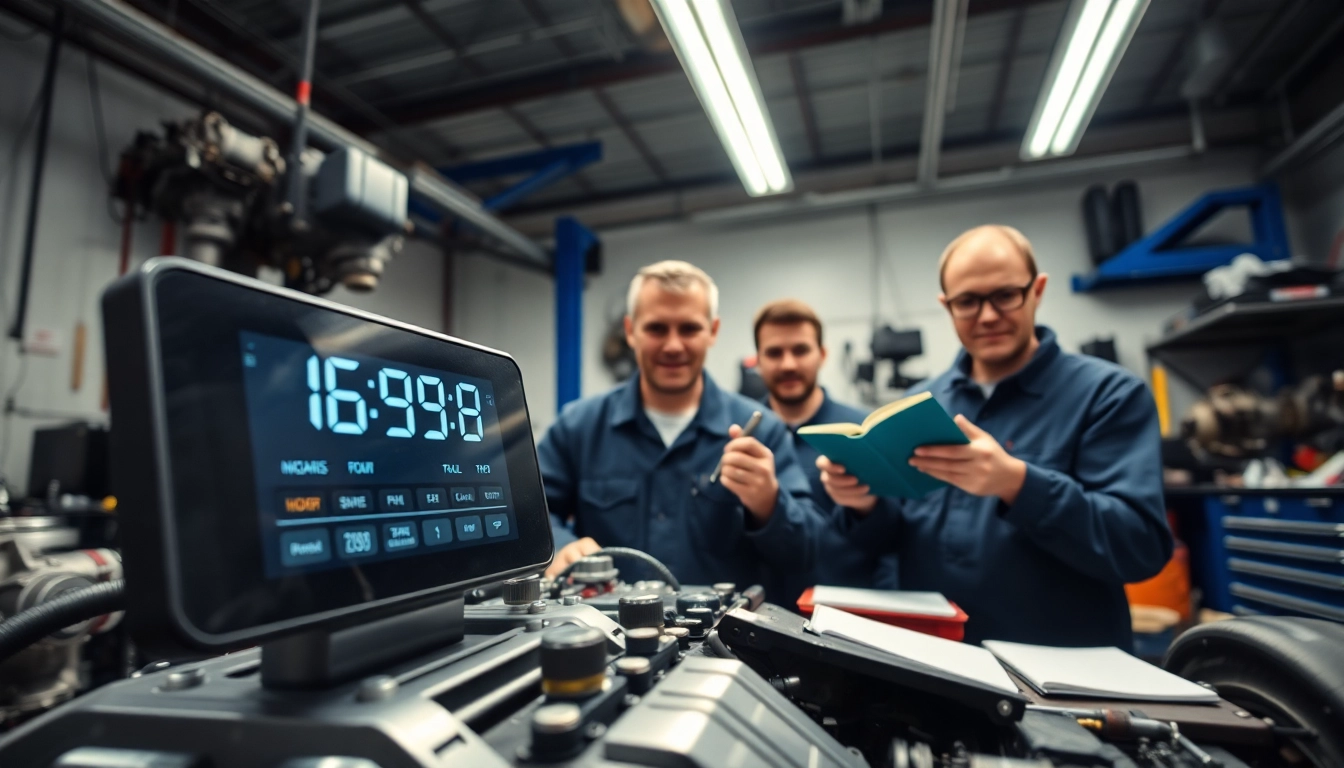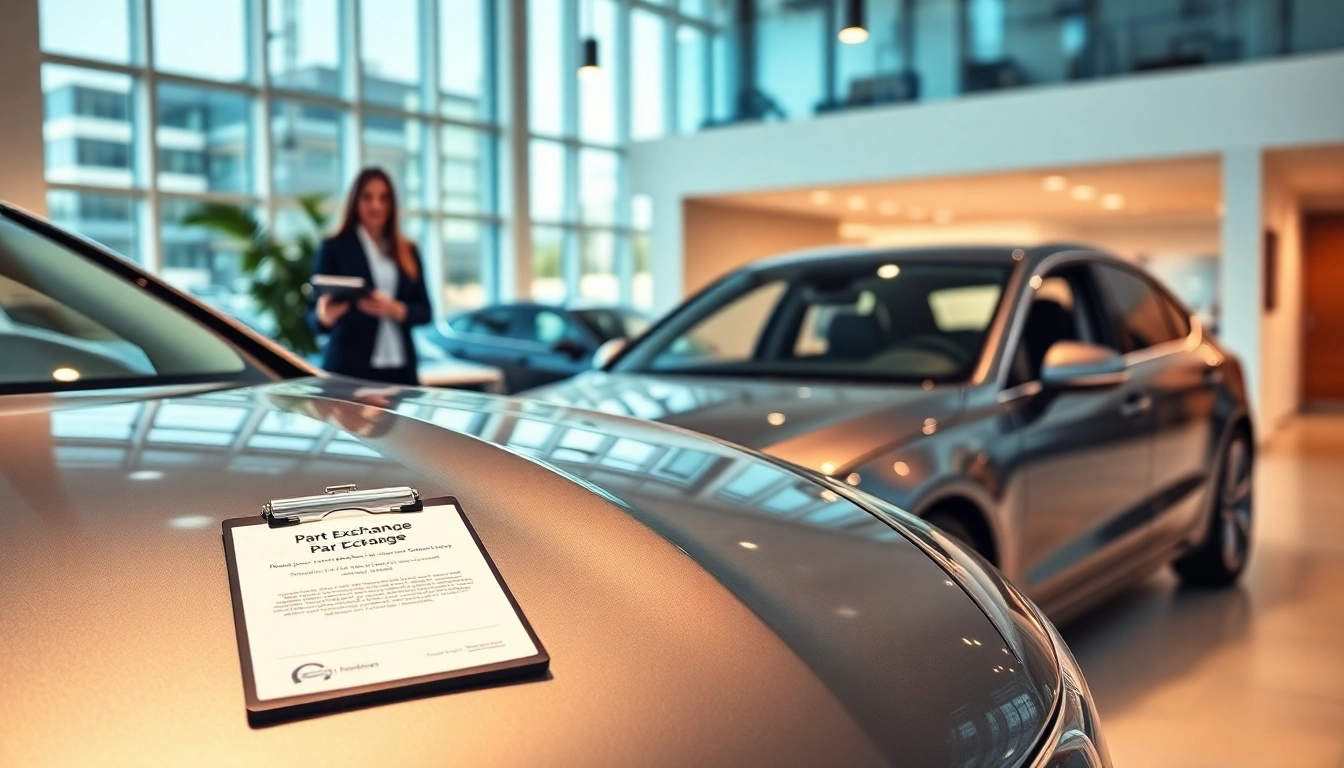Understanding Motorcycle Windscreens: What You Need to Know
Motorcycle windscreens are essential components for motorcycle enthusiasts, offering a blend of style, functionality, and comfort. They shield riders from wind, debris, and weather elements, enhancing the overall riding experience. For those passionate about motorcycles, choosing the right windshield is paramount not only for aesthetics but also for navigating various riding conditions effectively. On this journey, we will delve deep into the significance of motorcycle windscreens, exploring their benefits, types, installation tips, and more to help you make informed decisions.
Benefits of Motorcycle Windscreens
The advantages of installing a motorcycle windscreen are manifold. Here are some of the most significant benefits:
- Wind Protection: One of the primary functions of motorcycle windscreens is to protect the rider from wind turbulence. This not only makes riding more enjoyable but can also reduce fatigue on longer journeys.
- Enhanced Aerodynamics: Windscreens can improve a motorcycle’s aerodynamics, enabling smoother rides and increased fuel efficiency. The streamlined shape of a windscreen helps redirect airflow away from the rider and bike.
- Debris Shielding: Riding without a windscreen exposes riders to bugs, stones, and other road debris. A quality windscreen provides a crucial barrier against these elements, leading to safer rides.
- Improved Comfort: By minimizing wind noise and buffeting, a windscreen can significantly enhance rider comfort. This is particularly important during long rides.
- Personalization: Windscreens come in various shapes, colors, and sizes, allowing riders to customize their motorcycle’s appearance according to their taste.
Types of Motorcycle Windscreens Available
When it comes to motorcycle windscreens, there is a plethora of options, each catering to different riding styles and preferences:
- Full Windscreens: These are the most common type, providing maximum wind protection. Full windscreens are typically mounted high on the motorcycle and are ideal for touring bikes.
- Short Windscreens: These offer minimal coverage and contribute to a sportier look. They are prevalent among sport and cruiser bikes, providing basic wind protection while enhancing style.
- Adjustable Windscreens: These versatile options allow riders to modify the height and angle of the windscreen for optimal airflow and protection.
- Tinted Windscreens: Available in various shades, tinted windscreens reduce glare and add a unique aesthetic appeal to the motorcycle.
- Custom Windscreens: For those looking for a personalized touch, custom windscreens can be tailored in size, shape, and color to meet specific needs.
How to Choose the Right Windshield for Your Bike
Selecting the appropriate windscreen involves considering several factors, including:
- Bike Type: The make and model of your motorcycle play a crucial role in determining the style and size of the windscreen necessary for effective functionality.
- Riding Style: Your riding style—be it touring, sport, or urban commuting—dictates the level of wind protection and comfort you require.
- Height and Positioning: The height of the windscreen can significantly impact airflow. Taller windscreens provide better protection but may obscure visibility, so finding the right balance is essential.
- Material Quality: High-quality materials not only enhance durability but also affect clarity and resistance to scratches and impacts.
- Price Point: Windscreens range widely in price, depending on the brand, materials, and features. It’s essential to choose one that fits your budget while still meeting your needs.
Installation and Maintenance of Motorcycle Windscreens
Installing and maintaining a motorcycle windscreen is crucial for ensuring its longevity and performance. Here’s how to get it right:
Step-by-Step Installation Guide
Installing a motorcycle windscreen can be straightforward with the right tools and instructions. Here’s a basic step-by-step guide:
- Gather Your Tools: You’ll typically need a screwdriver, wrench, and possibly an impact driver depending on the mounting system.
- Remove the Old Windscreen: If replacing, carefully unbolt and remove the existing windscreen, taking care not to scratch the motorcycle’s paintwork.
- Prepare the New Windscreen: Inspect the new windscreen for any damage and ensure all necessary mounting hardware is included.
- Position the Windscreen: Align it with the mounting bracket, ensuring it’s symmetrical and fits snugly with the bike’s frame.
- Secure the Windscreen: Using the appropriate bolts and screws, secure the windscreen in place, ensuring it’s tightened adequately but not overly tight to prevent cracking.
- Final Checks: Once installed, check the positioning and stability of the windscreen, ensuring there are no obstructions to your view.
Common Maintenance Tips for Longevity
Routine maintenance can significantly prolong the life of your motorcycle windscreen. Follow these tips for optimal care:
- Regular Cleaning: Use a soft microfiber cloth and a gentle cleaning solution specifically designed for plastics. Avoid harsh chemicals that could scratch or damage the screen.
- Inspect for Damage: Routinely check the windscreen for cracks, chips, or other damages that could compromise its effectiveness.
- Check Mounting Hardware: Periodically inspect the screws and bolts to ensure they remain tight and secure. Loose hardware can lead to increased vibration and potential damage.
- Store Properly: If storing the motorcycle for long periods, consider taking off the windscreen to prevent potential damage from environmental factors.
Troubleshooting Common Issues with Windscreens
Even with proper care, windshields can face issues. Here’s how to troubleshoot common problems:
- Cloudiness or Scratches: If your windscreen appears cloudy or scratched, consider using specialized restoration kits designed to restore clarity.
- Wobbling or Noise: If the windscreen wobbles while riding, check the tightness of the mounts. If the problem persists, check for any structural damages.
- Airflow Issues: If it seems that air flow is not being directed properly, double-check the installation angle and height; adjustments can often resolve this.
Comparing Popular Motorcycle Windscreen Brands
With many brands in the market, distinguishing between them can aid in making informed purchases. Let’s explore some notable brands:
National Cycle: Performance and Features
National Cycle is renowned for its high-quality motorcycle windscreens, often featuring their proprietary Quantum® hardcoating, which enhances scratch resistance and optical clarity. Their product range includes models tailored for touring and sportbikes, emphasizing durability and performance. Riders often report significant improvements in wind deflection and enhanced comfort on long rides, showcasing their well-constructed designs.
Zero Gravity: Precision and Style
Zero Gravity is often recognized for its stylish designs and precision-engineered windscreens. Their iconic Double Bubble design is particularly popular among sportbike enthusiasts for its aesthetic appeal and aerodynamic benefits. Users appreciate the clarity and scratch resistance of their products, making them a preferred choice for those prioritizing both looks and functionality.
Memphis Shades: Customization Options
A standout in the custom windscreen market, Memphis Shades offers a wide variety of options compatible with many motorcycle models. With options for custom sizes and colors, they enable riders to personalize their bikes effectively. Their products are suited for cruisers and touring bikes, enhancing both performance and the look of the bike.
Safety Considerations with Motorcycle Windscreens
While enhancing comfort and performance, it’s vital to consider safety implications regarding motorcycle windscreens. Here are key aspects to keep in mind:
Impact on Aerodynamics and Rider Comfort
Windscreens dramatically influence the aerodynamics of a motorcycle. A well-designed windscreen reduces turbulence and allows the rider to maintain comfort at various speeds, which is essential for preventing fatigue. Conversely, poorly designed or incorrectly positioned windscreens can lead to instability and increased drag.
Legal Aspects and Regulations
Different regions have differing regulations concerning motorcycle windscreens. It’s essential to familiarize yourself with local laws regarding the height, tint, and materials used for windscreens. Compliance ensures safety and avoids potential fines. Always check with local motorcycle safety organizations or the DMV about specific requirements in your area.
Testing Standards for Motorcycle Windscreens
Quality windscreens undergo rigorous testing to ensure they meet safety and performance standards. Various testing organizations evaluate factors such as clarity, strength, UV resistance, and optical quality. When selecting a windscreen, look for brands and products that have been independently tested and certified for safety.
Future Trends in Motorcycle Windscreen Technology
The motorcycle industry never ceases to innovate, and windscreens are no exception. Here are a few anticipated trends in the technology of motorcycle windscreens:
Advancements in Materials and Design
Future windscreens may feature advanced materials like polycarbonate or flexible composites, enhancing durability and reducing weight. Innovative designs focus on improving aerodynamics even further, leveraging computational fluid dynamics for optimal airflow.
Smart Windscreen Innovations
With technology rapidly evolving, smart windscreens equipped with heads-up displays (HUD) to provide navigation and speed information could become standard. These innovations aim to keep the rider informed without distracting them from the road.
Customization and Personalization for Enthusiasts
As custom motorcycle culture thrives, we expect more brands to offer bespoke solutions based on rider preferences for size, shape, and color. This personalization allows bikers to forge a unique identity with their rides while optimizing performance.



